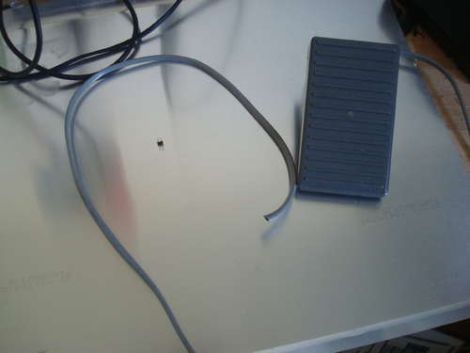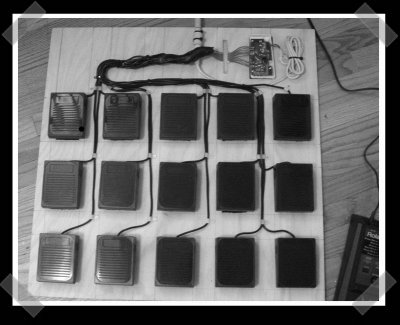
Since his string bass player isn’t always around [Antoine] built his own electric bass stand-in using the pedals from an old organ. The project — which he calls the Organ Donor — was inspired by a similar standalone organ pedal bass project. That instrument was built using a 555 timer to generate the sound. But [Antoine] has a little more room for growth as he’s using an old microcontroller development board to generate sound.
The octaves worth of pedals were pulled from an old broken Yamaha A55 Electone organ. After extracting the assembly from the instrument he built a nice wooden case around it. This doubles as a stand for the amplifier which broadcasts the sound. An old Freescale development board is wired up to twelve of the keys (the top C is unused). It generates a square wave at the appropriate frequency for each key. This signal is fed through a low-pass filter before being routed to the audio jack on the back of the case.
Future improvements include building an amplifier into the pedal assembly. We would also love to see different signal processing to expand the range of sounds the pedals can generate. We’re not sure of the capabilities of that microcontroller, but it would be neat to hear tone generation using stored samples.














